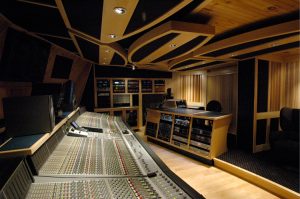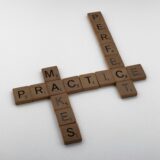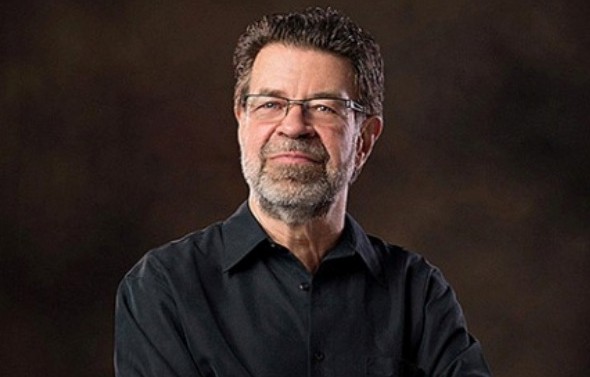Your Home Studio Room for Professional Voice Overs
Choosing a room from your home studio is like choosing a location for your business – location should be ideal to the kind of business you are running. A restaurant business would choose a location with high foot traffic of the right clientele whose lifestyle will match the menu they are serving. So as a voice over artist, you need to find a room for your professional studio that is not right next to the street or a room where the kids always stumble into even with a ‘Do Not Disturb’ sign.
Peter Keeling from Studio People said, “Get the rooms right before you spend all your budget on equipment. It’s very difficult to change a room, easy to upgrade or change equipment.”
Choose the room furthest from the noise and activity as possible.
For obvious reasons. Even with the sound proofing you will eventually have to do to ensure your home recordings are background noise clean. You also would not want worry about the noise you make in your studio is bothering someone outside its walls. In addition, sound engineers would advise that a studio room should be located at the ground floor because any weight you add – double walls, extra ceilings and floating floors to isolate the sound within the studio will now need to be supported by the existing floor which would mean additional cost.
The more spacious the room, the better.
You would want to be able to accommodate musicians or a fellow voice talent should a project come up that requires collaboration with such. Also, a good spaced room is useful for accumulating or adding to your equipment. Now, there is such a term as “acoustic treatment” that you would want to look at as well. This is defined as making your room sound better on a recording, by absorbing excessive ambiance. The nature of sound does come into consideration. Bob Gallagher, a build planner and runs the homestudioguy.com website says that, “major acoustic changes can be made just by incorporating some appropriately placed acoustic materials and rearranging furniture as has been shown countless times in Sound On Sound magazine’s Studio SOS articles.” I guess one of the myths in creating a home studio for recording is that the smaller the room, the better the sound quality. As it appears, not really. Consulting with a professional on acoustic treatment might be necessary however it is said that this can be done at low cost and is easy to do.
“Don’t compromise on isolation.”
If you need it, because of your location, type of work or nature of the building, you must follow all the rules and then some — isolation doesn’t come cheap and is usually the most costly part of any project, whether self-build or contracted. Getting that part right is the most useful part of advice that we can provide.” Peter Keeling advised further. Background noises you’ve never realized existed before will become highly noticeable to you once you have your own home studio and you are attempting to record an audio for a project. You would want to eliminate these noises right off the bat as it is harder to do a job over again because of background noise.
Concrete, tile, hardwood.
These are the ideal flooring a home recording studio should have. Carpets absorb high frequencies but not low ones and ultimately affect the sound quality of your voice recordings whereas concrete, tile and hardwood block off sound and helps isolate them instead of absorbing.
Shape.
Sound engineers say that a room’s shape matters. This again has something to do with acoustic treatment If it is a home studio you are trying to accomplish though and you are not building from the ground up and under a budget – the chances of achieving the ideal shape is next to nil. It does not hurt to work with what you have and achieve the best you can from there. Just learn the basics and then be resourceful. If the ideal shape of the room cannot be achieved, the arrangement of the room will help in obtaining that needed acoustic treatment for you.
Professional help.
Basically, if you want to get the room you intend to use as a home studio to produce professional voice over recordings – you will invariably need some professional help. Unless of course you are a sound engineer or a recording architect. Getting the room right will serve you well in the long run, will lower costs of damage control and will allow you more to budget in sound equipment.















